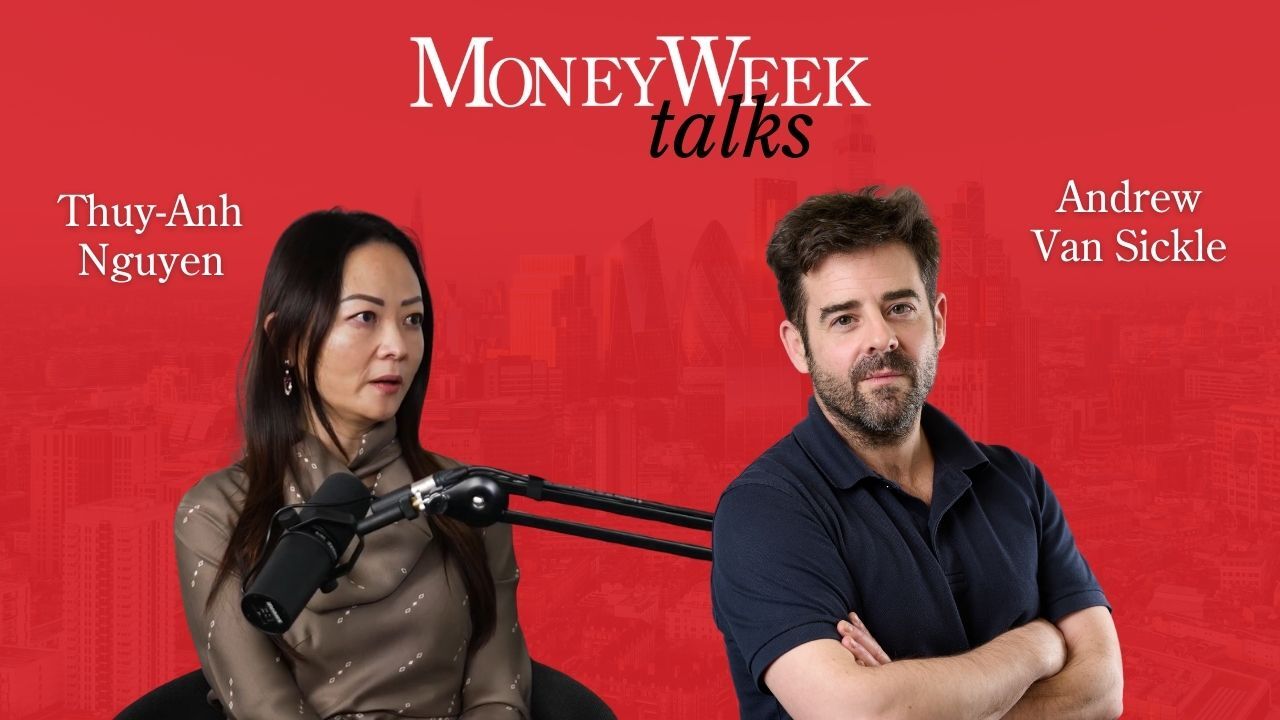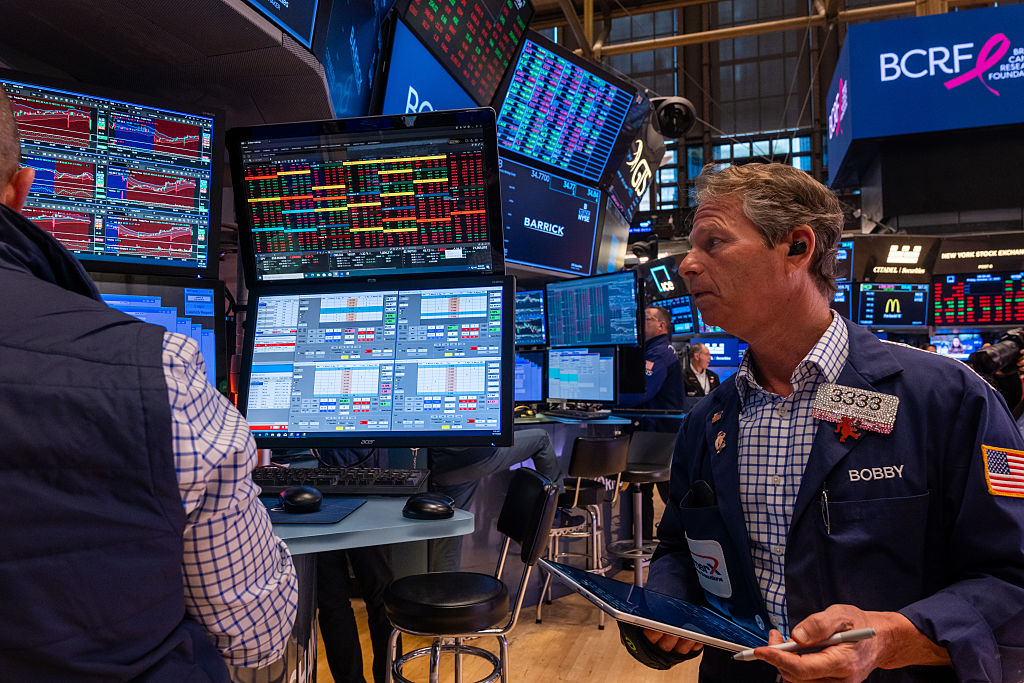AI is a bet we’re forced to make
It’s impossible to say yet if AI will revolutionise the world, but failure would clearly be very costly, says Cris Sholto Heaton


Sometimes I wonder if the world outside Silicon Valley really wants AI. Yes, the technological advances in this area are staggering. Watch AI tools and agents analyse information, write text, produce photorealistic images and video, and – perhaps most disconcertingly of all – directly operate other computer programmes via text and visual interfaces designed for humans. It is impossible not to be impressed. At the same time, many people say that AI is being forced on them (they notice the proliferation of AI functions that can’t be turned off in all the software we use), they feel no need or desire to try AI, and they think fears about the risks and social consequences are being ignored.
None of this means that AI will not be useful or will not take off – which are not quite the same thing. There were many cynics about the economic value of the internet in the early days – there are few these days. Social media took off like a virus – and now there are growing concerns about the harms. However, the sense that big tech is pushing us harder to use AI feels true. This reflects the sheer amount of money that these companies are funnelling into it, and how much they need it to pay off.
Heavy investment in AI

Information processing equipment and software All other categories
Julian Bishop and James Ashworth of Brunner Investment Trust (LSE: BUT) summed up the reasons to be cautious well at an event last week. Look at the amount of money being invested – maybe $400-$450 billion this year. Bear in mind that companies say they plan to keep doing this until 2030. You’re looking at $3 trillion in capital expenditure (capex). Look at the revenues being reported by OpenAI and Anthropic as a partial proxy for core AI-based revenues – maybe $20 billion this year for the two. This is growing fast, but it would need to grow a long way further to earn a decent return on capex of this scale. The capex intensity of this stands in sharp contrast to how capex-light the tech giants used to be, which has implications for free cash flow. Note too the way that this capex flows through the market, from energy infrastructure to real-estate developers building data centres. “Large chunks of the market’s ongoing strength are contingent on AI working out,” says Bishop. (See also the chart above from Joel Suss in the Financial Times, implying that AI spending is now dominating US investment.)
MoneyWeek
Subscribe to MoneyWeek today and get your first six magazine issues absolutely FREE

Sign up to Money Morning
Don't miss the latest investment and personal finances news, market analysis, plus money-saving tips with our free twice-daily newsletter
Don't miss the latest investment and personal finances news, market analysis, plus money-saving tips with our free twice-daily newsletter
A capex bubble can have long-term benefits, even if investors lose out – think of canals and railways. Yet here the money is being spent on short-life assets, notes Ashworth. Nvidia’s costly chips may be in use for five years or less.
On the plus side, the US tech giants are highly cash generative. It may not be irrational in the long term for them to spend heavily now to defend their positions against potential threats. The greatest froth is in private markets, say Bishop and Ashworth; they hold some of the mega caps. Still, they are clearly on the alert for signs that the cycle is turning, and this feels right. We cannot ignore the idea of an AI revolution, but with the tech giants making up 35% of the S&P 500, there is a lot of downside if it evaporates.
This article was first published in MoneyWeek's magazine. Enjoy exclusive early access to news, opinion and analysis from our team of financial experts with a MoneyWeek subscription.
Get the latest financial news, insights and expert analysis from our award-winning MoneyWeek team, to help you understand what really matters when it comes to your finances.
Cris Sholto Heaton is an investment analyst and writer who has been contributing to MoneyWeek since 2006 and was managing editor of the magazine between 2016 and 2018. He is especially interested in international investing, believing many investors still focus too much on their home markets and that it pays to take advantage of all the opportunities the world offers. He often writes about Asian equities, international income and global asset allocation.
Cris began his career in financial services consultancy at PwC and Lane Clark & Peacock, before an abrupt change of direction into oil, gas and energy at Petroleum Economist and Platts and subsequently into investment research and writing. In addition to his articles for MoneyWeek, he also works with a number of asset managers, consultancies and financial information providers.
He holds the Chartered Financial Analyst designation and the Investment Management Certificate, as well as degrees in finance and mathematics. He has also studied acting, film-making and photography, and strongly suspects that an awareness of what makes a compelling story is just as important for understanding markets as any amount of qualifications.
-
 The best real estate opportunities to invest in for 2026
The best real estate opportunities to invest in for 2026House price growth may be slowing but offices and online shopping are driving growth in real estate investment
-
 Asia's new tiger economy: MoneyWeek Talks
Asia's new tiger economy: MoneyWeek TalksPodcast MoneyWeek's editor, Andrew van Sickle, speaks to Dragon Capital's Thuy-Anh Nguyen about Vietnam's remarkable rise
-
 The top stocks of 2025 - did you pick a winner?
The top stocks of 2025 - did you pick a winner?As a chaotic year in the stock market draws to a close, we review which stocks were investors’ top picks for 2025
-
 Leading European companies offer long-term growth prospects
Leading European companies offer long-term growth prospectsOpinion Alexander Darwall, lead portfolio manager, European Opportunities Trust, picks three European companies where he'd put his money
-
 How to harness the power of dividends
How to harness the power of dividendsDividends went out of style in the pandemic. It’s great to see them back, says Rupert Hargreaves
-
 Why Trustpilot is a stock to watch for exposure to the e-commerce market
Why Trustpilot is a stock to watch for exposure to the e-commerce marketTrustpilot has built a defensible position in one of the most critical areas of the internet: the infrastructure of trust, says Jamie Ward
-
 Tetragon Financial: An exotic investment trust producing stellar returns
Tetragon Financial: An exotic investment trust producing stellar returnsTetragon Financial has performed very well, but it won't appeal to most investors – there are clear reasons for the huge discount, says Rupert Hargreaves
-
 How to capitalise on the pessimism around Britain's stock market
How to capitalise on the pessimism around Britain's stock marketOpinion There was little in the Budget to prop up Britain's stock market, but opportunities are hiding in plain sight. Investors should take advantage while they can
-
 London claims victory in the Brexit wars
London claims victory in the Brexit warsOpinion JPMorgan Chase's decision to build a new headquarters in London is a huge vote of confidence and a sign that the City will remain Europe's key financial hub
-
 Reinventing the high street – how to invest in the retailers driving the change
Reinventing the high street – how to invest in the retailers driving the changeThe high street brands that can make shopping and leisure an enjoyable experience will thrive, says Maryam Cockar
